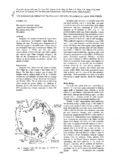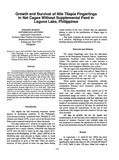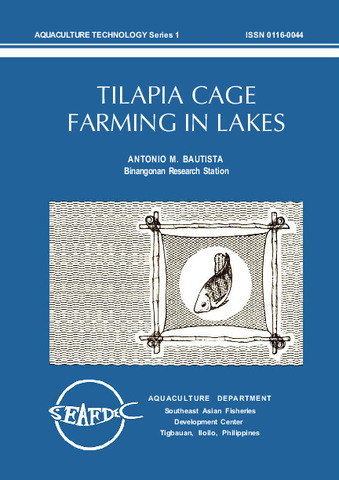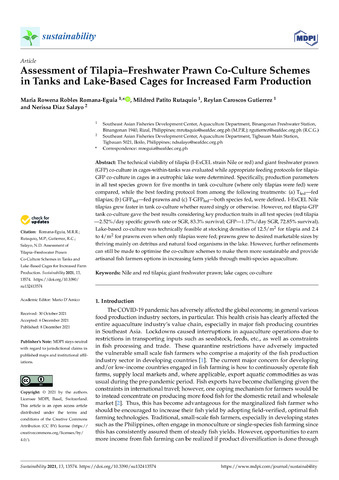The ecological impact of tilapia cage culture in Sampaloc Lake, Philippines
Share
Abstract
Sampaloc lake showed imminent biological death as a consequence of intensive tilapia farming in floating net cages. The progressive disappearance of dissolved oxygen in the entire water column may be an irreversible trend due to continuous feeding. The high amount of BOD5 and the near toxic concentration of total ammonia and total sulphides are ominous signs. Other ecological changes in the lake are the non-appearance of Microcystis bloom, change in phytoplankton composition, number, and species diversity.
Subject
Collections
Related items
Showing items related by title, author, creator and subject.
-
Growth and survival of Nile tilapia fingerlings in net cages without supplemental feed in Laguna Lake, Philippines
Basiao, Zubaida; San Antonio, Antonio (Asian Fisheries Society, 1986)Oreochromis niloticus fingerlings were stocked at densities of 50, 100, 150 and 200 fish/m super(2) in fixed net cages in Laguna Lake, Philippines. These were reared without supplemental feed on 1 April-30 July 1980, 5 ... -
Tilapia cage farming in lakes
Bautista, Antonio M. (Aquaculture Department, Southeast Asian Fisheries Development Center, 1984)Guidelines are given for the cage culture of tilapia in lakes in the Philippines. The following major topics are covered: site selection; cage design and layout; operation and management tips. -
Assessment of tilapia-freshwater prawn co-culture schemes in tanks and lake-based cages for increased farm production
Romana-Eguia, Maria Rowena R.; Rutaquio, Mildred P.; Gutierrez, Reylan C.; Salayo, Nerissa D. (MDPI, 2021-12-08)The technical viability of tilapia (I-ExCEL strain Nile or red) and giant freshwater prawn (GFP) co-culture in cages-within-tanks was evaluated while appropriate feeding protocols for tilapia-GFP co-culture in cages in a ...




